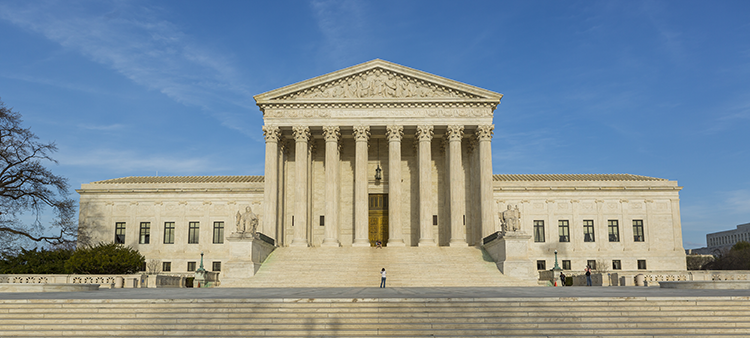In the South, Women Have Made Huge Strides in the State Judiciaries
Once a year, the chief justices of the Southern state supreme courts gather to share experiences, learn from judicial educators, discuss trends that are common in the court systems of the Deep South and seek solutions. Last year, when the elite group of jurists gathered in Nashville, Tenn., they recognized that they themselves are a trend: Eight of the 13 Southern states—Alabama, Florida, Georgia, Louisiana, North Carolina, South Carolina, Tennessee and Texas—have female judges leading their courts of last resort—more than any region in the country.
“We all looked at each other and noticed that there were a lot of us,” says Tennessee Supreme Court Chief Justice Janice Holder. “While it wasn’t a coordinated event, it didn’t just happen either.”
Twenty states across the nation now have a woman serving as chief justice—more than at any time in the history of the United States.
In fact, women compose 26 percent of state judiciaries, compared with 22 percent of the federal judiciary, according to The American Bench: Judges of the Nation, a new report by Forster-Long Inc. Women now make up 48 percent of law school graduates and 45 percent of law firm associates, according to the report.
Nowhere have the gains in gender diversity been greater than in the South. Four of the states in that region—Florida, Georgia, Kentucky and South Carolina—have as high or higher percentages of women on their state courts as do California, Connecticut, Illinois, Michigan and New Jersey, all of which are considered much more liberal or progressive in seeking diversity.
But it is in the Southern supreme courts where the gender diversity is most obvious and publicly displayed.
“I ask people if they know how many women chief justices there are, and they answer two or three,” says Alabama Chief Justice Sue Bell Cobb. “When I tell them, they are shocked. But it really blows them away when I tell them how many there are of us in the South.”
Continue reading “Tipping the Scales” online in the July ABA Journal.



